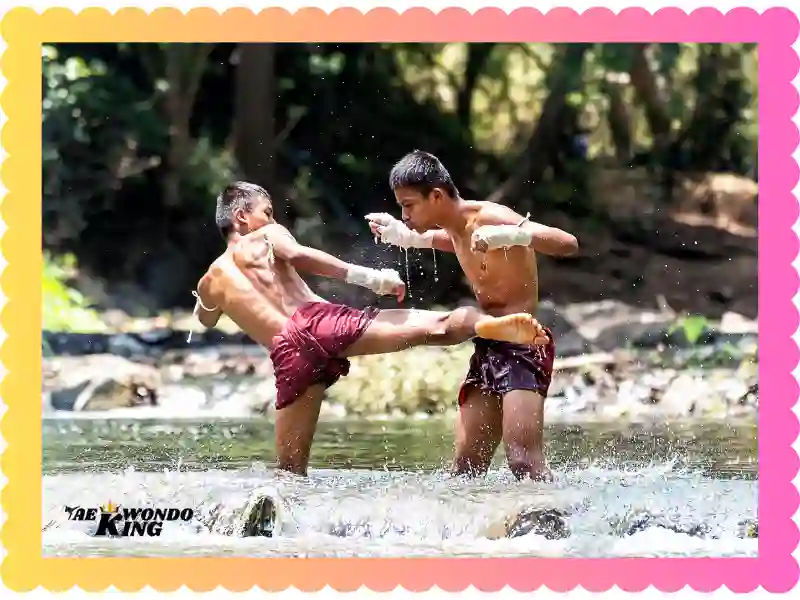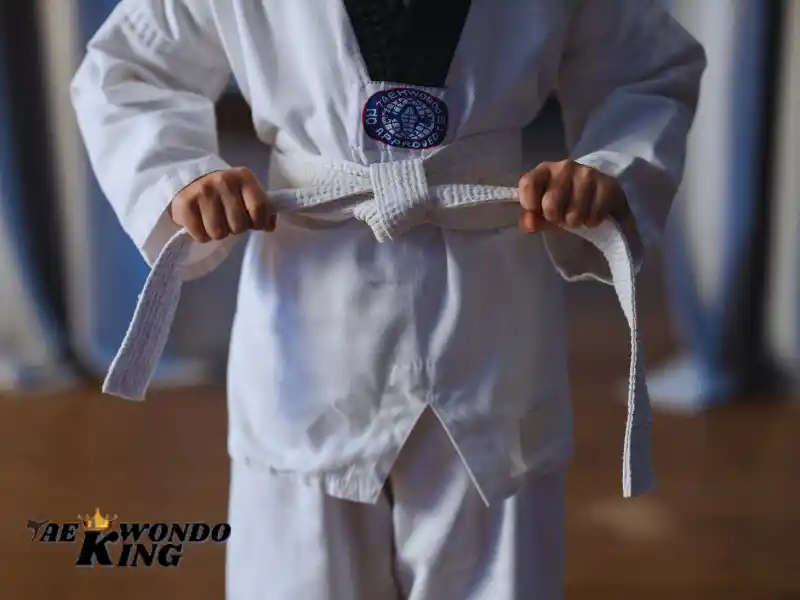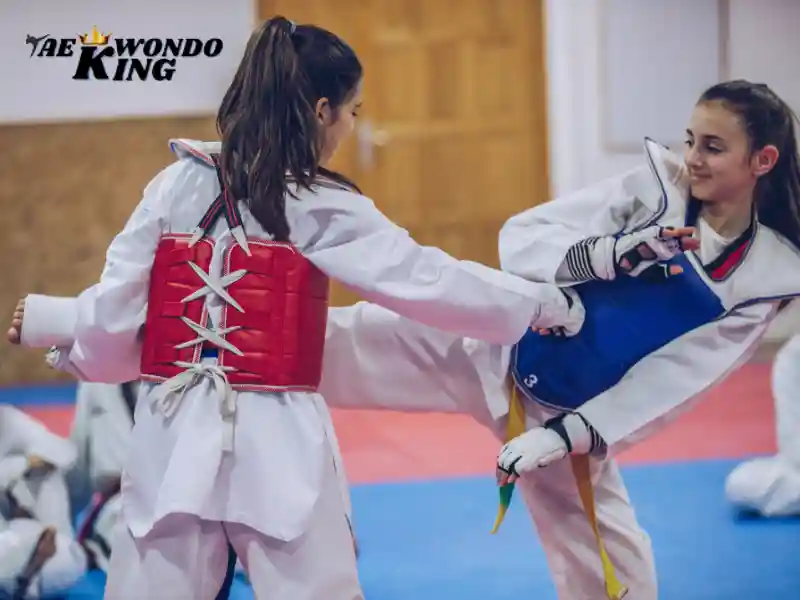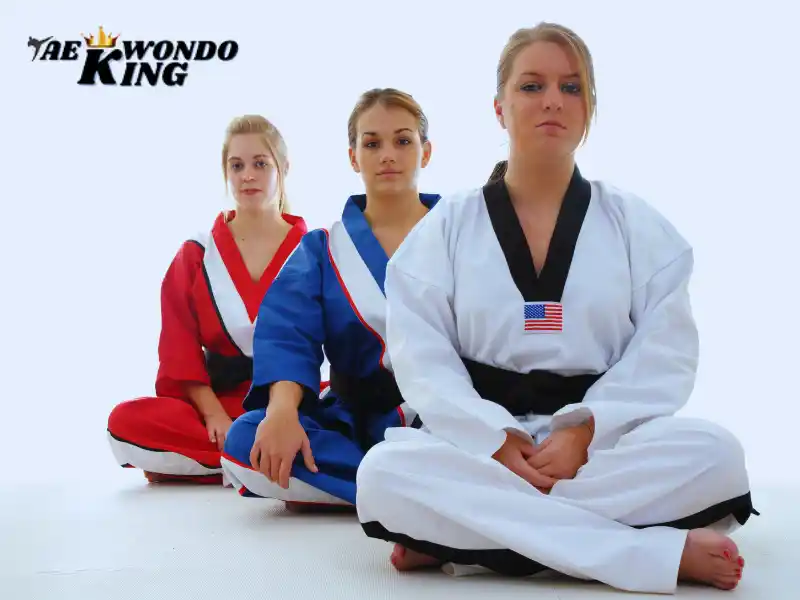
Hollywood fight scenes glamorize one-on-one combat, but real-world altercations are rarely so predictable. So, what martial art truly reigns supreme in the messy, unpredictable world of a street fight? The truth is, there’s no single “best” martial art. However, some styles offer distinct advantages for real-world self-defense scenarios. Here’s a breakdown of some highly effective martial arts, debunking the street fight myth and focusing on practical self-defense:
Effective Disciplines for Real-World Defense:
Krav Maga (Israel):
Developed for the Israeli military and law enforcement, Krav Maga prioritizes real-world situations and neutralizes threats quickly. It incorporates strikes, grappling, and weapon defenses, making it a practical and effective self-defense system.
Brazilian Jiu-Jitsu (BJJ) (Brazil):
BJJ empowers smaller individuals. This grappling art focuses on ground fighting, using technique and leverage to control and potentially submit a larger opponent. BJJ is ideal for self-defense situations where you might end up on the ground.
Muay Thai (Thailand):
“The Art of Eight Limbs” utilizes devastating strikes from elbows, knees, shins, and fists. Muay Thai’s clinch fighting and focus on powerful blows make it a great choice for developing self-defense reflexes and stopping power.
Honorable Mentions:
Boxing (Global):
Mastering boxing’s footwork, agility, and precision striking builds confidence and teaches self-defense fundamentals like maintaining distance and awareness. While not solely grappling-focused, these skills can be invaluable in unexpected situations.
Wrestling (Global):
This ancient art, with various styles globally, emphasizes takedowns, throws, and grappling holds. Wrestling translates well to real-world scenarios by providing essential body control and takedown techniques for self-defense.
Why These Styles Excel in Self-Defense:
- Focus on Practical Techniques: These styles prioritize techniques applicable to real-world situations, not flashy kicks or theatrical throws.
- Emphasis on Self-Defense: Unlike some competition-oriented martial arts, these styles prioritize self-defense principles like disarming attackers, maintaining situational awareness, and de-escalation when possible.
- Effective Against Larger Opponents: BJJ and Judo leverage techniques to overcome size and strength disadvantages.
Beyond the Style: Self-Defense Essentials
Situational Awareness:
The most effective self-defense strategy is often avoiding conflict altogether. Staying aware of your surroundings and trusting your gut can help you steer clear of trouble.
De-escalation Techniques:
When possible, de-escalate a situation by maintaining a calm demeanor, setting boundaries verbally, and avoiding aggressive body language.
Confidence and Assertiveness:
Projecting confidence can deter potential attackers. Martial arts training can boost your confidence and equip you with the skills to defend yourself effectively.
Remember:
The best martial art for self-defense is the one you enjoy training inconsistently. Regular practice builds muscle memory, hones reflexes, and instills the confidence needed to navigate potentially dangerous situations. Regardless of the style you choose, self-defense is a journey, and consistent training is key to staying safe and prepared.
FAQs
What Martial Arts does Street Fighter use?
Street Fighter doesn’t use one specific martial art. Different characters fight in various styles, including Muay Thai, Sumo, Karate, Kung Fu, and even some fictional fighting styles.
What is Goku’s fighting style?
Goku’s fighting style in Dragon Ball is a blend of martial arts, primarily incorporating elements of:
- Shaolin Kung Fu: Seen in his stances and agility.
- Kickboxing: Noticed his strong kicks and emphasis on power.
It’s called “Kame Style” after his master.
Is Street Fighter a Muay Thai?
Street Fighter is not solely focused on Muay Thai. While Sagat practices Muay Thai, the game showcases a range of fighting styles and martial arts from different characters. Sagat’s presence in the game emphasizes the diversity of martial arts and combat styles featured in the Street Fighter series.
What is Chun Li’s fighting style?
Chun-Li from Street Fighter uses a mix of martial arts, primarily based on Chinese Kung Fu. This includes Tai Chi for balance and focus, and Sanda for powerful strikes. She also incorporates elements from other styles, like kicks from Taekwondo.
Can Kung Fu be used in a real fight?
Kung Fu can be effective in a real fight but with conditions. Here’s the short answer:
- Yes, with good training: Kung Fu teaches valuable skills like striking, grappling, and focus.
- Depends on style and training: Practical sparring and realistic techniques are key.
- Modern MMA may be more battle-tested: Mixed Martial Arts combines effective techniques from various styles.
What is the strongest fighting type?
The Fairy type is generally considered to be the strongest fighting type in the Pokémon series. Fairy-type Pokémon have a unique advantage against the fighting type, making them the strongest in this matchup. Additionally, Fairy-type moves are super effective against Fighting-type Pokémon, giving them a significant advantage in battles.
What is the strongest fighting style in Street Fighter?
The strongest fighting style in Street Fighter is often a matter of personal preference and play style. Different characters in the game have unique abilities and move sets, so it’s important to find a fighting style that suits your strengths and preferences. Experiment with different characters and play styles to find the one that works best for you.
What style of Martial Arts does Ken Street Fighter use?
Ken from Street Fighter uses Shotokan-style Karate. This emphasizes powerful strikes and stances for defense.
What Martial Arts does Ryu use in Street Fighter?
Ryu, the famous character from Street Fighter, is recognized for employing a mix of martial arts techniques during combat. His fighting style combines Shotokan Karate, known for its powerful and precise movements, with Ansatsuken, a fictional martial art that integrates elements of karate and kenpo. Ryu’s iconic moves, like the Hadouken and Shoryuken, are derived from these martial arts practices and have become closely associated with his character.

Founder, Owner, and CEO of TaekwondoKing.
He is one of the top 100 martial artists in the World and among the top 20 referees in Bangladesh.
Ehatasamul Alom is an esteemed Kukkiwon Certified Taekwondo 3rd Dan Black Belt with over 15 years of experience in this dynamic martial art. Born in Rajshahi, Bangladesh, Ehatasamul’s journey with Taekwondo began at the tender age of seven. His passion led him to compete at national and international levels, where he has bagged numerous awards and honors. He is also a member of the Taekwondo National Referee Panel.
With a Bachelor’s degree in Sports Science from the prestigious Rajshahi University, Ehatasamul has a deep understanding of the technical and scientific aspects of martial arts and some other martial arts.
In 2022, Ehatasamul created the “TaekwondoKing.com” to share his knowledge, Free Resources, Values, and Real experiences. His articles focus on Taekwondo training techniques, competition strategies, Sport Products Reviews, and the art’s rich history and philosophy. He also writes about the importance of mental fortitude and discipline, key aspects of his teaching philosophy. He has already launched many sports, Taekwondo, and health-related Free online tools. His goal is to inspire both beginners and seasoned practitioners worldwide through insightful and engaging content.
If you need any help, contact Ehatasamul Alom at any time.




